Cause of death Beheaded by ISIS Name Khaled al-Asaad Alma mater Damascus University | Occupation Archaeologist Parents Mohamed al-Asaad | |
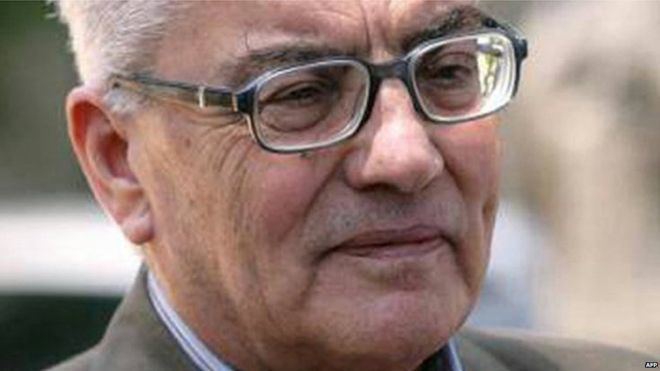 | ||
Died August 18, 2015, Tadmur, Syria | ||
Syrian scholar khaled al asaad beheaded by isil militants
Khaled Mohamad al-Asaad ([alʔaesʕaed] Arabic: خالد الأسعد (1934 – 18 August 2015), also Khaled Asaad, was a Syrian archaeologist and the head of antiquities for the ancient city of Palmyra, a UNESCO World Heritage Site. He held this position for over 40 years. Al-Asaad was publicly beheaded by the Islamic State of Iraq and Syria (ISIS). He was 81 years old.
Contents
- Syrian scholar khaled al asaad beheaded by isil militants
- Tributes To Palmyra Archaeologist Beheaded By Islamic State
- Early life education and family
- Archeologist
- Politics
- Death
- Reactions
- Syrian honors
- Foreign honors
- Selected publications
- References
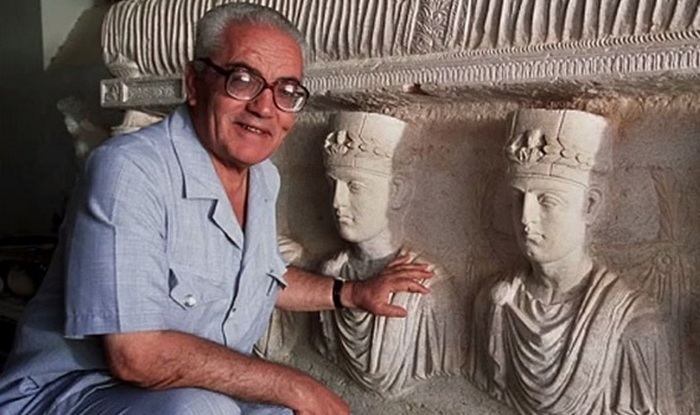
Tributes To Palmyra Archaeologist Beheaded By Islamic State
Early life, education and family

Al-Asaad was born in Palmyra, Syria in 1934, and lived there most of his life. He held a diploma in history and was educated at the University of Damascus. Al-Asaad was the father of eleven children; six sons and five daughters, one of whom was named Zenobia after the well-known Palmyrene queen.
Archeologist
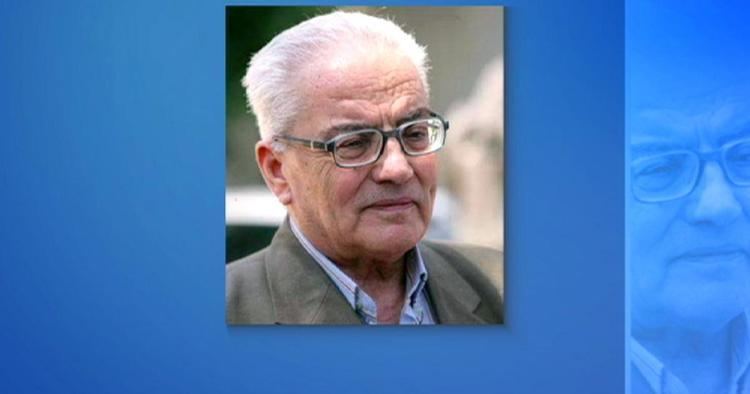
During his career, he engaged in the excavations and restoration of Palmyra. He had become the principal custodian of the Palmyra site for 40 years since 1963. His own expeditions focused on the late third century ramparts of Palmyra. He worked with American, Polish, German, French and Swiss archaeological missions. His achievement is the elevation of Palmyra to a UNESCO World Heritage Site. He was also fluent in Aramaic and regularly translated texts until 2011. From 1974 onwards, Al-Assad organised exhibitions of palmyran antiques.
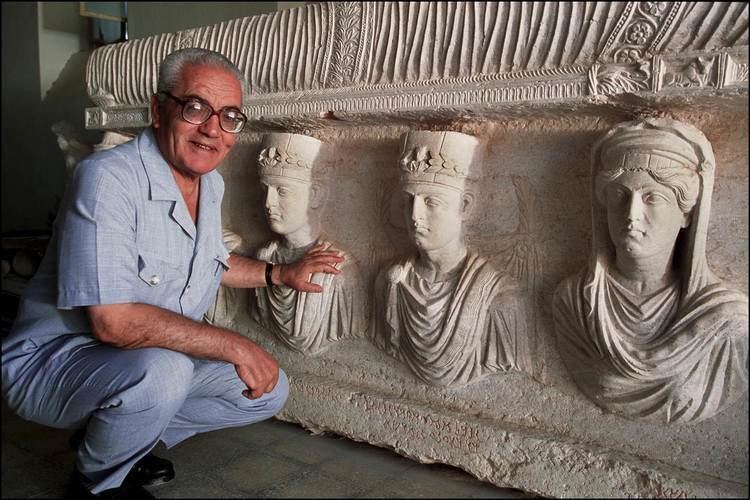
In 2001, he announced the discovery of 700 7th-century silver coins bearing images of Kings Khosru I and Khosru II, part of the Sassanid dynasty that ruled Persia before the Muslim conquest. In 2003, he was part of a Syrian-Polish team that uncovered a 3rd-century mosaic which portrayed a struggle between a human and a winged animal. He described it as "one of the most precious discoveries ever made in Palmyra".
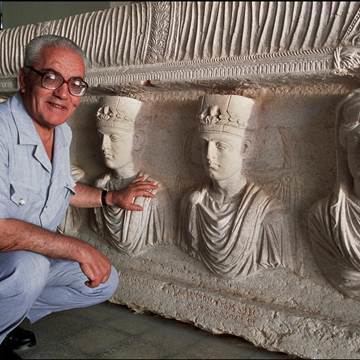
He was a sought-after speaker at conferences, presenting his vigorous and extensive research. Leading academics and researchers spoke warmly of his affection for Palmyra and his mastery of its history. When he retired in 2003, his son Walid took on the mantle of his work at the site of Palmyra. They both were reportedly detained by ISIS in August 2015; the fate of his son is not yet known.
Politics

It is believed that he joined the Syrian Ba'ath Party around 1954. However, it is not clear whether he was an active supporter of the Syrian government of Bashar al-Assad. According to The Economist, some have said he was a "staunch supporter" of Assad.
Death
In May 2015, Tadmur (the modern city of Palmyra) and the adjacent ancient city of Palmyra came under the control of the Islamic State of Iraq and Syria (ISIS). Al-Asaad helped evacuate the city museum prior to ISIS's takeover. Al-Asaad was among those captured during this time, and ISIS attempted to get al-Asaad to reveal the location of the ancient artifacts that he had helped to hide. He was murdered in Tadmur on 18 August 2015. The New York Times reported:
After detaining him for weeks, the jihadists dragged him on Tuesday to a public square where a masked swordsman cut off his head in front of a crowd, Mr. Asaad's relatives said. His blood-soaked body was then suspended with red twine by its wrists from a traffic light, his head resting on the ground between his feet, his glasses still on, according to a photo distributed on social media by Islamic State supporters.
A placard hanging from the waist of his dead body listed al-Asaad's alleged crimes: being an "apostate", representing Syria at "infidel conferences", serving as "the director of idolatry" in Palmyra, visiting "Heretic Iran" and communicating with a brother in the Syrian security services. His body was reportedly displayed in the new section of Palmyra (Tadmur) and then in the ancient section, whose treasures ISIS had already demolished.
In addition to al-Asaad, Qassem Abdullah Yehya, the Deputy Director of the DGAM Laboratories, also protected the Palmyra site. He also was killed by ISIL while on duty on 12 August 2015. He was 37 years old.
